Tiegeluan is a type of Oolong Tea, a semi-Fermented tea that lies between green and black teas. Among all Chinese teas, Tieguanin has the most complex production process.
The formation of Tieguanin's premium quality originates from traditional, unique, and exquisite manufacturing techniques, which involve numerous steps.
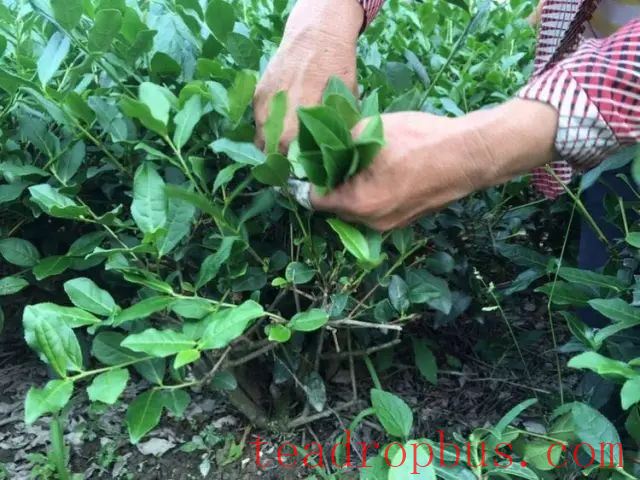
Picking
To ensure the perfect appearance of Tieguanin, specific picking techniques are employed: using the “tiger mouth against the Bud,” hand-picking mature shoots with 2-3 leaves; ensuring the “five no's” during picking – not breaking the Leaf, not folding the leaf, not crushing the leaf tip, not picking single leaves, and not picking fish scales or old stems. Tieguanin tea master Wu Shifu from Anxi specifically reminds: After fresh leaves are picked, they should not be kept in bags or baskets for too long but should be placed in a cool place and spread out to prevent exposure to wind and sun, which could damage their freshness.
The second life of tea leaves is given by farmers and tea makers. Sun-drying, withering, shaking, stir-frying, kneading, wrapping, baking… The tea regains life through Wu Shifu's precise control over the “degree” of each step in the tea-making process.
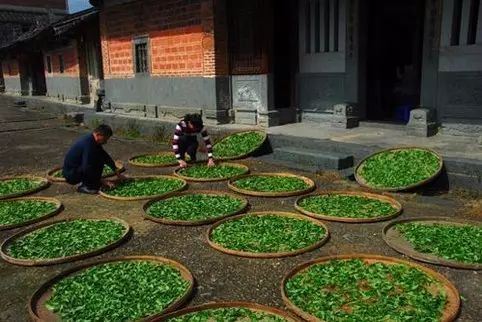
Sun-drying
Sun-drying uses solar heat to evaporate moisture and promote fermentation, eliminating grassy odors. Generally, sun-drying is considered adequate when the leaves lose their luster, appear darker green, droop at the tips, have bent rather than straight stems, and feel slightly elastic when squeezed. After sun-drying, the fresh leaves are moved indoors to wither further, cooling them down to disperse heat and allowing the distribution of moisture within the stems and leaves to return to a state similar to before sun-drying. Withering is considered adequate when the stems are green and full of water, and the surface of the leaves appears fresh but without excess moisture.
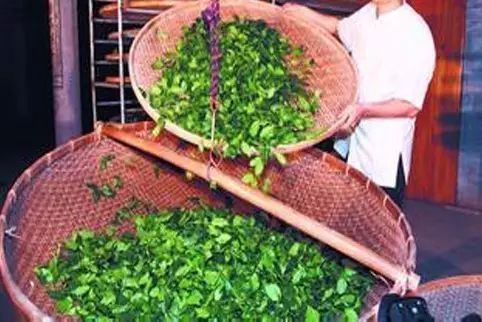
Shaking
Shaking is key to the process, as the leaves move in the shaker, colliding with one another and injuring the edges of the leaves, accelerating oxidation. After the first shaking, the fresh leaves need to be spread out and left to rest for a period before undergoing a second shaking. Shaking and resting periods alternate, during which the fresh leaves undergo a series of biochemical changes. How to determine the appropriate degree of shaking? One, touch the leaves to see if they are soft; two, observe whether the “green leaves with red edges” are formed; three, smell the leaves to see if the grassy odor has dissipated and floral fragrance is evident.
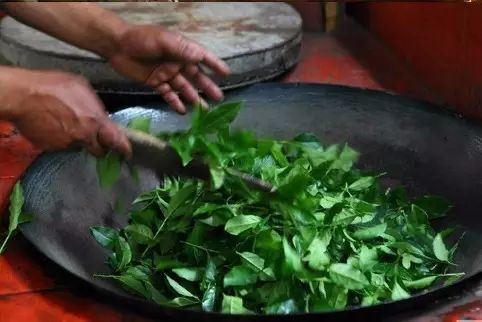
Stir-frying
Stir-frying uses high heat to deactivate enzymes in the fresh leaves, stabilizing the quality and promoting the release of aromatic compounds. The key to stir-frying Tieguanin lies in “moderate high temperature, moderate quantity, even stirring, mainly covered frying, combined with uncovered frying, and quick short duration.” After stir-frying, the subsequent steps are: initial kneading, initial baking, initial wrapping, re-baking, re-wrapping, full baking, and rough tea.
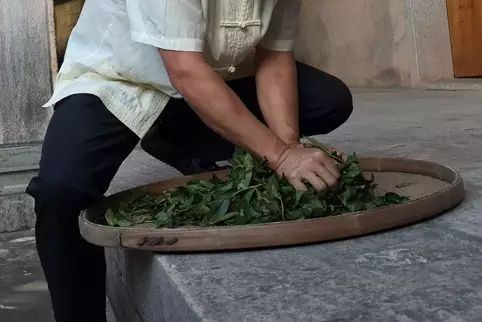
Kneading
Kneading involves rolling and pressing to squeeze out tea juice and curl the leaves into shape.
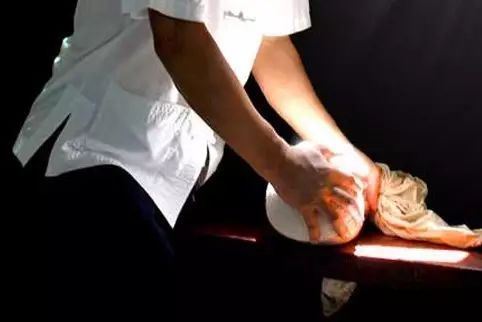
Wrapping
Wrapping makes the Tieguanin granules tight and solid, while also further rubbing the leaf cells, accelerating non-enzymatic oxidation, and making the tea sand-green and glossy.
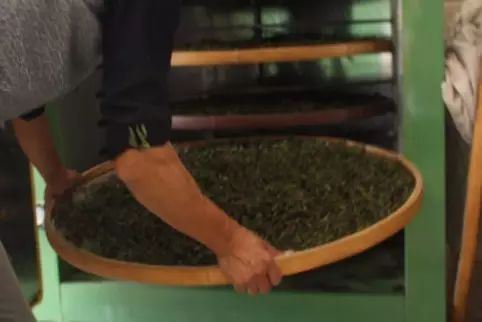
Baking
Baking is a drying operation in tea production, serving to inhibit enzymatic oxidation, evaporate moisture, soften the leaves, and have a thermal effect, eliminating bitterness and enhancing the flavor to become richer and smoother.
Good tea is hard to come by, especially top-quality Anxi Tieguanin, which is truly the pinnacle of teas, and is rare to find!
Recently, the best-tasting autumn harvest Anxi Tieguanin tea has been released. I urge you to drink more tea, for it is most beneficial!